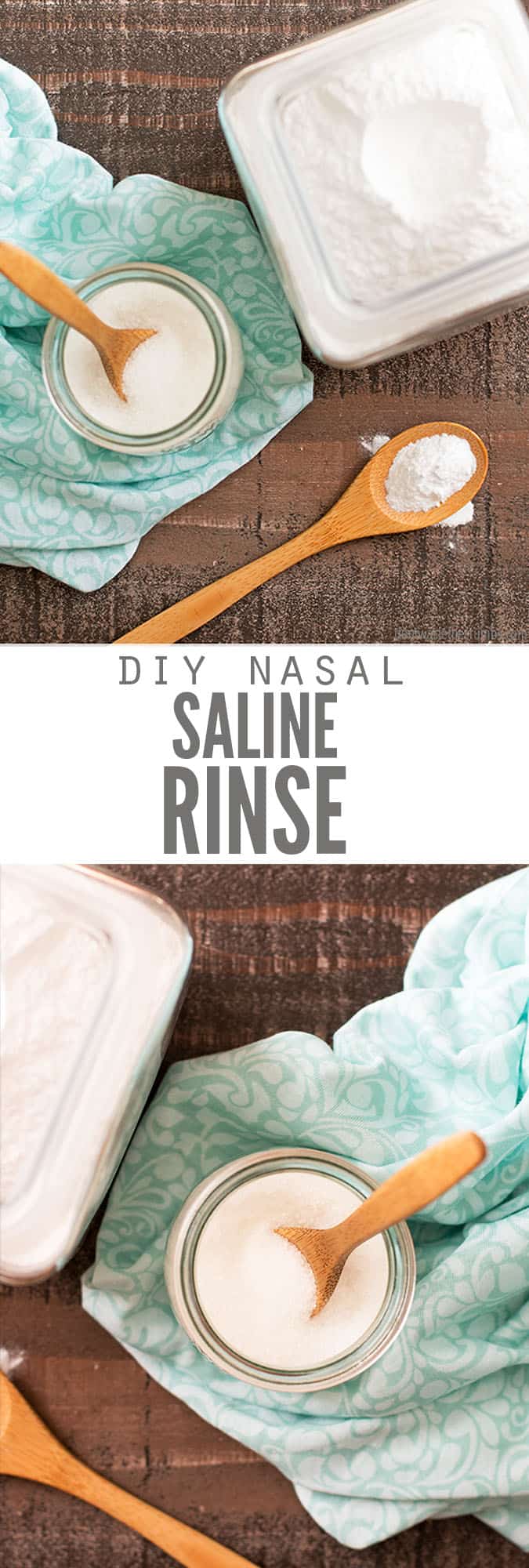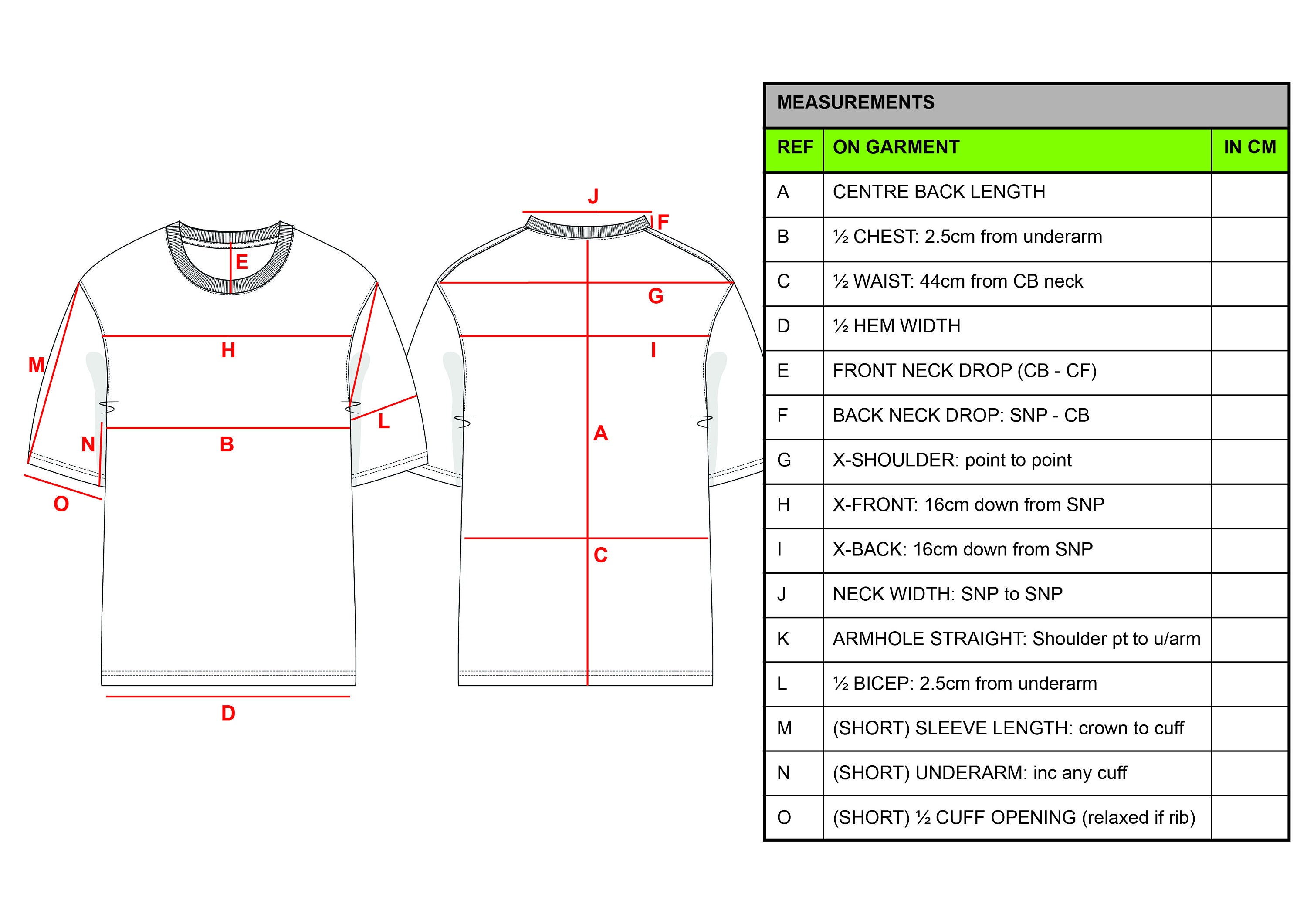Table of Content
If you use table salt, you may be getting a preservative and/or additive which might irritate your nose. Sinus rinses are safe for most people to use. However, they must be used correctly to ensure safety. Boiling your water for at least a minute and then allowing it to cool before mixing in the salt should be sufficient to kill the parasite and prevent infection.
Dab the wound in a circular motion, working outward from the center to prevent germs spreading inward. Use multiple pads if needed to remove all debris and draining liquids. To transfer the saline to a syringe or irrigating tool, pour it directly from the pot into a clean paper cup, then dip your syringe into the cup. If you’re making saline for oral swishing, add 4 teaspoons (16.7 g) of salt and 8 teaspoons (33.5 g) of baking soda . Alternatively, use or purchase distilled water to skip the boiling process. Verywell Health uses only high-quality sources, including peer-reviewed studies, to support the facts within our articles.
How to Make Saline Nasal Spray
The use of saline irrigations for the nose and sinuses has been shown to be highly effective in improving allergy symptoms and shortening the duration of a sinus infection. To make the solution, mix 3 teaspoons of non-iodized salt and one teaspoon of baking soda. When you are ready to use it, mix a teaspoon of the mixture into 8 ounces of distilled, sterile, or previously boiled and cooled water. Typically, you should only use nasal rinses no more than four times a day for no longer than seven consecutive days.

Pour saline into a small cup or shot glass and invert it over your piercing to form a vacuum. If the location makes this too difficult, use a cotton pad or paper towel that’s dipped in saline to clean the piercing site or add your saline to a spray bottle. For nasal irrigation, add 3 teaspoons (12.6 g) of salt and 1 teaspoon (4.2 g) of baking soda. Boil 4 cups (0.95 L) of tap water in a sterilized pot for 5 minutes. Add water to the pot directly from the tap or with a sterilized measuring cup.
Featured Articles
Side effects are uncommon when people use saline solution correctly. Making an effort to keep containers clean and free of bacteria can help, as can always washing the hands before using the solution. Swish saline in your mouth for 30 seconds to relieve oral pain.
She is a member of the American Medical Writers Association and the Society for Pediatric Urgent Care. Maintain proper hygiene after using the bulb syringe. Wound irrigation also removes dead skin cells and debris. Use less salt in your next batch if you experience burning or stinging with a 0.9% salt solution.
Everything You Need to Know About Making and Using Homemade Saline Solution
But children of any age need supervision, guidance and a helping hand to use their nasal saline spray efficiently and safely. People can irrigate their nasal passages with saline solution to relieve the symptoms of sinusitis, colds, and allergies. Nasal irrigation moisturizes the nose and removes excess mucus and bacteria. Use the bulb syringe to collect some of the saline rinse. Tip your head back and insert the nasal saline your nose, one nostril at a time. Allow the salt water to penetrate and moisten the dry tissues in your nose.
You don't want to overdo it with the rubber bulb syringe. Your child's nose is already sore and irritated. If you fiddle with it all the time, the child will only feel more pain. At most, suction nasal secretions four times a day.
When protocol isn't followed, or if you don't follow post-piercing cleaning instructions closely enough, infection can occur. Our experts continually monitor the health and wellness space, and we update our articles when new information becomes available. Talk with your doctor about any concerns you may have, especially with regards to wounds.

Saline solution is handy for tasks like cleaning piercings or irrigating your sinuses, but it can get inconvenient to go out and buy more every time you run out. How can you make an effective solution at home? “Normal” saline is about 0.9% salt and is a breeze to make yourself—all you need is boiled or distilled water and non-iodized salt. Clean out your neti pot, bulb, or squeeze bottle with hot, soapy, and sterile water or run it through the dishwasher after each use.
Pour 1 cup of distilled water into a clean container. If using refrigerated water, allow it to sit out at room temperature until it becomes lukewarm.You must use purified water. Distilled water is ideal, but if you only have tap water, you should boil it first to remove any potentially harmful bacteria or other additives. Allow boiled water to cool to lukewarm temperatures before use. Once the solution is created, remove the pot from the stove, and let the solution cool. Carefully pour the cooled saline solution into your clean amber bottles, and screw on their spray tops.
After soaking your piercing, rinse it off with clean water. Soaking a new piercing in saline is one of the best ways to promote healing and prevent infection. Saline helps clear away dead cells and other debris that can cause irritation and lead to crustiness and bumps. Warming up the saline helps increase blood flow to the site. Add 2 cups of water to a microwave-safe container. From the Medical College of Wisconsin School of Medicine in 1995 and completed her residency at the Medical College of Wisconsin in Pediatrics in 1998.
She completed her Pediatric Residency training at INOVA Children's Hospital and her fellowship at Virginia Commonwealth University. Dr. Khan is an active member of the American Academy of Allergy, Asthma and Immunology as well as the Clinical Immunology Society. Talk to your doctor before trying any nasal rinse. While these solutions are safe under most circumstances, it is always a good idea to check with a medical professional familiar with your medical history.

Nasal irrigation can relieve the symptoms of stuffy nose and help prevent sinus infections. To keep your homemade nasal spray fresh and sterile for later, refrigerate any extra solution you made to prevent the growth of bacteria. This solution can also be refrigerated in a clean, sterile glass jar for bulk batches too. At room temperature, your saline solution will only keep for up to three days of use. After that, discard any leftover solution and take out a new bottle. Consider using a bulb syringe to administer nasal spray to babies and small children.
Home-made Nasal Saline Rinse
He or she may be able to help you control your hormones and reduce the impact on your congestion. Bright lights are a fairly common cause of nasal congestion. The eyes and nose are closely related, so stress on the eyes can affect the nasal cavity as well. Try dimming the lights in your home or work environment slightly to see if your nose clears up at all. To do this, simply add 1/2 teaspoon of salt instead of 1/4 teaspoon.Don’t use a hypertonic solution for infants or small children younger than five years old. It is possible to make saline solution at home by mixing together certain amounts of salt and water.


No comments:
Post a Comment